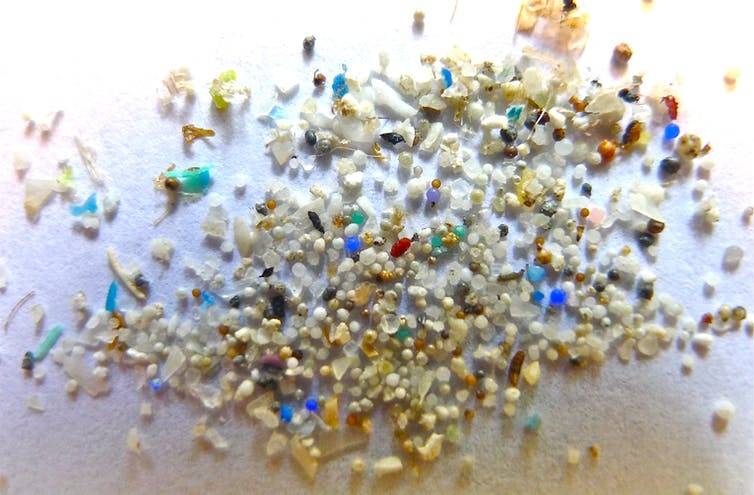
Small pieces of plastic can now be found everywhere: from table salt, through drinking water to food, the depths of the seas, distant deserts or even the most remote mountains. While it is not surprising to find plastics and microplastics in urban environments where they are used every day, their appearance in uninhabited corners of the planet is deeply disturbing.
These tiny fragments of plastic, many of which are made of fibers less than 5mm in width, are light enough to be carried by the wind: a new explanation for the widespread presence of these particles.
A new study published this year found microplastics in soils collected from sand in the Kavir and Lut deserts of Iran, with an average abundance of about 0.02 microplastic particles per gram of sand. Given the limited evidence of large plastic objects in these areas, the particles were likely blown into the desert.
Last year, researchers collected hundreds of wet and dry environmental samples from the most isolated areas of the United States, such as the Grand Canyon.
They found that 98% of all samples contained microplastics and that almost 70% of those microplastics were carried to these distant places by rain and wind. Most of these particles were synthetic microfibers, used in the manufacture of clothing.
In Europe, researchers analyzed snow samples in the Fram Strait, a sea passage between Svalbard and Greenland, for microplastics. They were successful, confirming the contamination of the arctic atmosphere.
So far, although there are few comparative studies done on airborne microplastics, studies like these consistently point out that atmospheric transport of plastic particles is a major contributor to the ubiquity of airborne microplastics. plastic in the world.

Even uninhabited parts of the world, like the Grand Canyon in the United States, are polluted with microplastics. KeYang / Pixabay
Globally, it is estimated that up to 33.76tons of atmospheric microplastic fibers can be generated in one year. And that amount will only increase as the production of plastic increases. This is bad news for the health of our environment.
The effects are not well understood
We have already spent more than two decades studying microplastics in the sea and on land, but the data we have collected is still only a drop in the ocean. This means that many uncertainties remain about the real impact of microplastics.
What we do know is that even pristine rain and snow now contains a cocktail of different types of microplastics, chemicals, natural and man-made particles.
Although the reported amount of microplastics in air appears to be relatively low, we cannot predict all of the potential environmental and health risks posed by long-term exposure to microplastics, especially in combination with other pathogenic air pollutants such as nitrogen oxides and sulfur already present in the environment.

Microplastics threaten the health of animals, plants and the oceans. Oregon State University / Flickr
Studies examining what happens when microplastics build up in animal tissues - for example, by altering immune responses and increasing inflammation - may have implications for how the human body responds to intrusion plastic. But we need more research to understand exactly how much humans are exposed to microplastics and what these particles do inside our bodies.
Compared to microplastics in marine and terrestrial environments, the phenomenon of airborne microplastics is even less well understood. This means that more research is urgently needed to understand the consequences of atmospheric exposure to microplastics on the health of plants, animals and humans.
After all, it's safe to assume that it's not good news that we all breathe and walk in the wind, rain, and snow dusted with plastic.
Sources:
1 - ACS Study : Contaminants in Aquatic and Terrestrial environments -
2 - Science : Plastic rain in protected areas of the United States
3 - ![]() Elvis Genbo Xu
Elvis Genbo Xu
Assistant Professor, Biology, University of Southern Denmark
4 - ![]() Xiaoyu duan
Xiaoyu duan
PhD Researcher in Biology, University of Southern Denmar
Posted on 2021-10-22 20:50








Comments